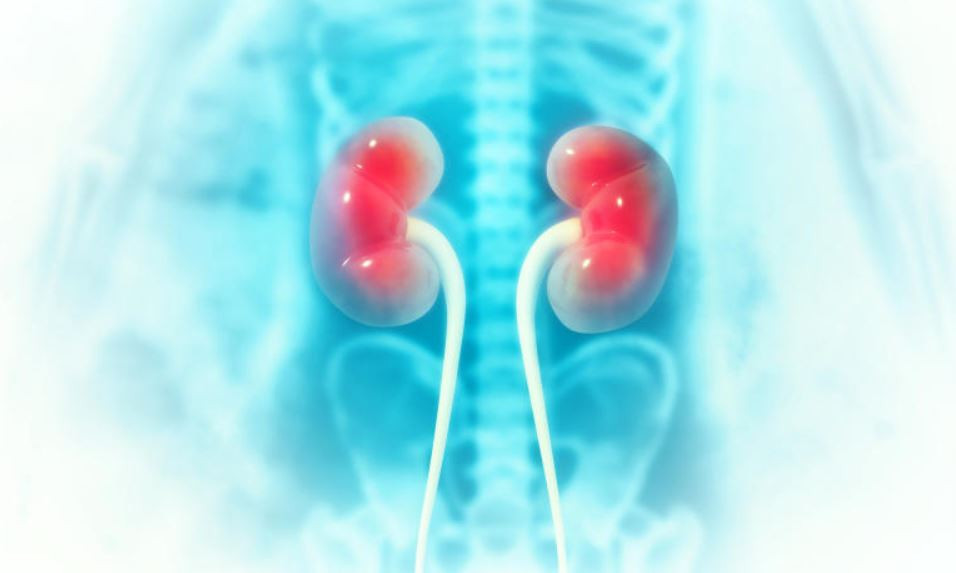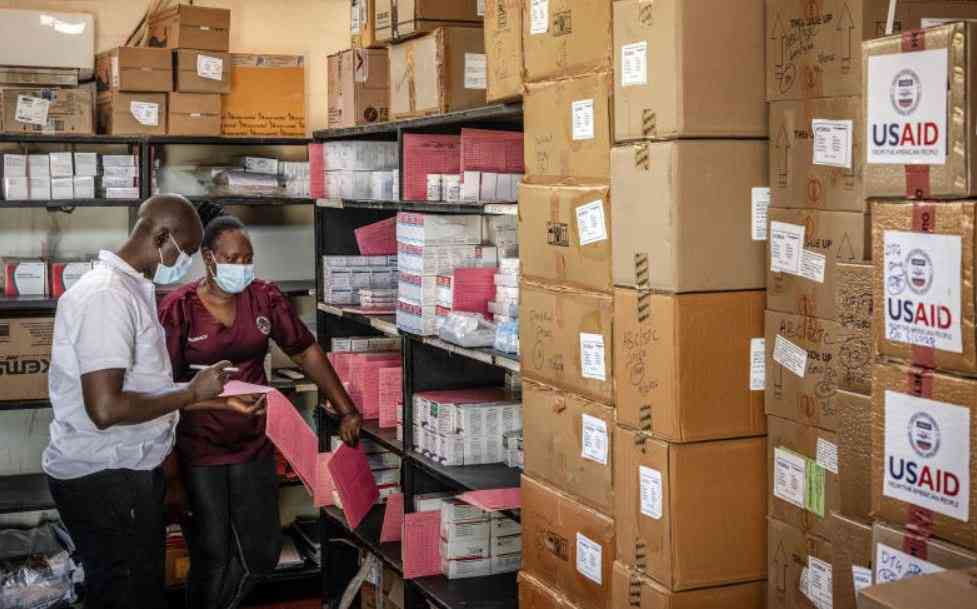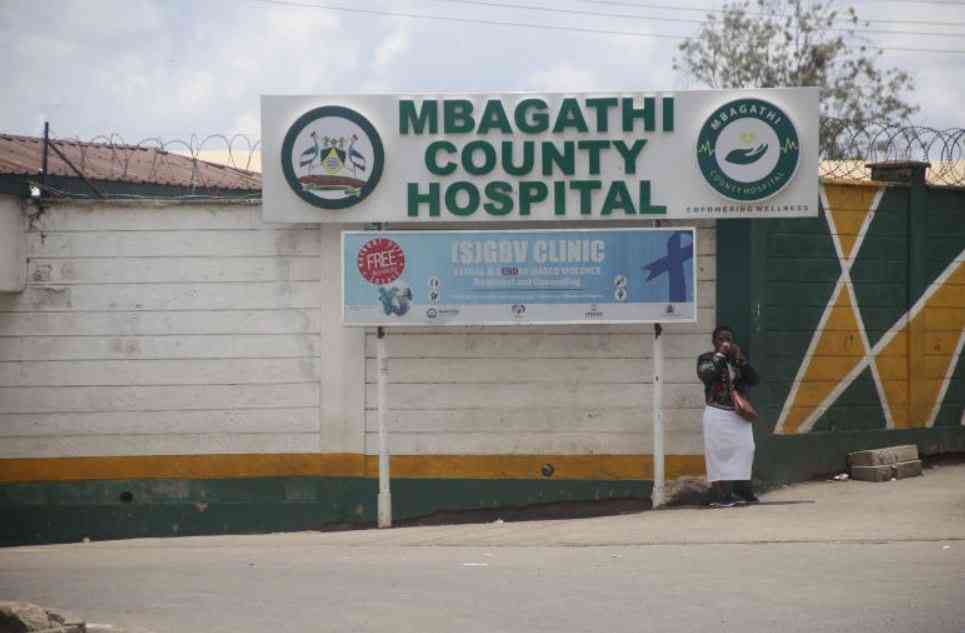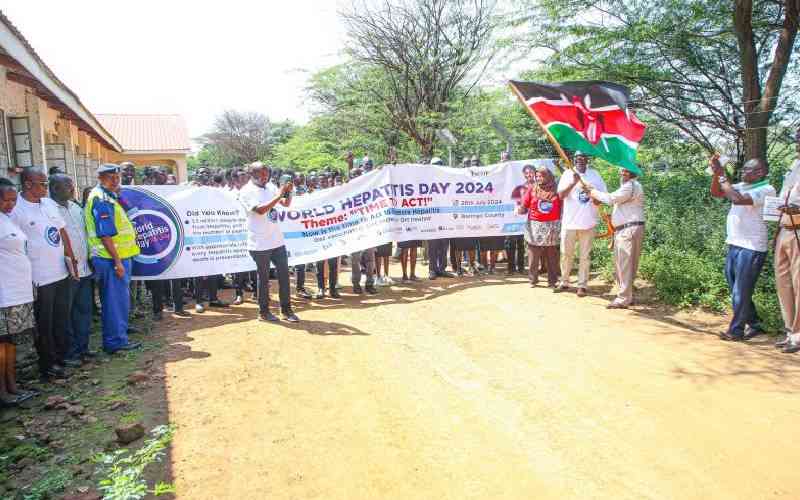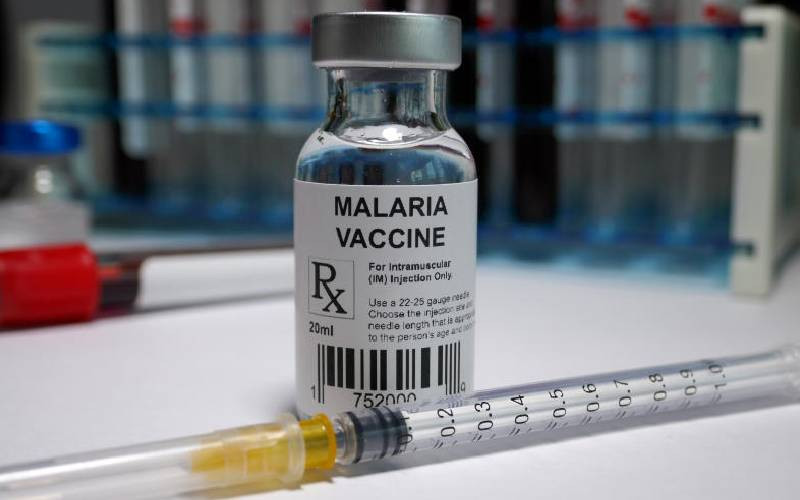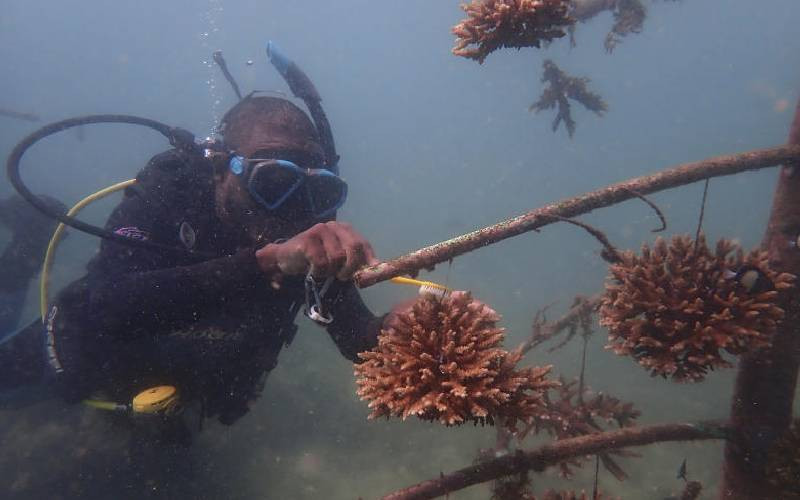
Effective tuberculosis (TB) treatment has been available for the past 60 years. But TB remains the leading cause of death from a single infectious agent. It ranks above HIV and AIDS and others.
This is partly because of the impact of HIV co-infection among TB patients in places like Africa and emergency of MDR-XDR TB. Lack of both gender mainstreaming and reduction of stigma manifested by persistently lower reported cases among women that men is of continued concern.
COVID-19 surpassed TB as a killer over the past two years. The number of people dying from TB have been going down since 2005. But now TB is again at number one. Between 2019 and 2021 the number of people provided with treatment for TB decreased - largely due to COVID-related lockdowns. In 2021, 61 per cent of people with TB were receiving treatment, this is lower that 69 per cent in 2020.
What went wrong?
Progress in TB elimination was being made. But the COVID-19 pandemic and associated lockdowns have set back TB control programmes worldwide. More so in Africa. While COVID-19 prevention measures like mask-wearing could have prevented TB transmission, on the whole, little attention was given to holding the forts of TB prevention and treatment as all efforts went to fighting the COVID-19 pandemic, disrupting well-functioning programmes built over decades of careful research and planning. This disruption has resulted in the following:
Increased TB cases: In 2021, there were 10.6 million new active TB cases worldwide: up from 9.9 million in 2020. These increases have been in both drug sensitive and multi-drug resistant TB cases.
Increased TB deaths: In 2021 there were an estimated 1.6 million deaths from TB worldwide: up from 1.5 million in 2020 and 1.4 million in 2019. This is a reversal of years of decline before the COVID-19 pandemic. A quarter of TB related deaths occur in the African region which has around 16 per cent of world's population. HIV being a main contributing factor.
Decline in TB global spending during and after COVID-19 pandemic:Global spending on essential TB services dropped from US$6.0 billion in 2019 to US$5.4 billion in 2021. This is less than half of what is needed. The war in Ukraine has compounded this extended decline in TB prevention and control.
- Kenya's delayed global fund pledge threatens treatment of HIV, malaria and TB
- Kenya to vaccinate children against typhoid and measles-rubella
- Missed BCG jabs, leaves newborns at risk of deadly TB
- Killer counterfeits: How fake malaria drugs claim 100,000 lives every year
Keep Reading
Even before the Russian invasion, Ukraine had a high TB rate. The war has exacerbated the situation with health facilities being destroyed and people displaced. African TB control programmes that rely on aid and Global Fund support have been affected most.
How do we correct this?
The first End TB Strategy milestones for reductions in TB disease should guide what needs to be done. This includes 20 per cent reduction in 2015 TB incidence rates, and 35 per cent reduction in total number of TB deaths benchmarked in 2015.
Three high TB burden countries in Africa have reached or passed the first milestones of the End TB Strategy for both reductions in TB incidence and TB deaths: Kenya (in 2018), Tanzania (in 2019) and Zambia (in 2021). Ethiopia is close. However, the larger part of the African continent has seen a reversal in gains made.
Intensified efforts to obtain funding are urgently required to mitigate and reverse the negative impacts of the COVID-19 pandemic on TB. This has become even more pressing in the context of ongoing conflicts in Africa and other parts of the world, which are likely to worsen some of the broader determinants of TB such as undernutrition.
- The author, Tom Nyirenda, is Extraordinary Senior Lecture in the Department of Global Health, Stellenbosch University. This article is part of a media partnership between The Conversation Africa and the 2022 Conference on Public Health in Africa. It was first published in The Conversation.
 The Standard Group Plc is a multi-media organization with investments in media
platforms spanning newspaper print
operations, television, radio broadcasting, digital and online services. The
Standard Group is recognized as a
leading multi-media house in Kenya with a key influence in matters of national
and international interest.
The Standard Group Plc is a multi-media organization with investments in media
platforms spanning newspaper print
operations, television, radio broadcasting, digital and online services. The
Standard Group is recognized as a
leading multi-media house in Kenya with a key influence in matters of national
and international interest.

